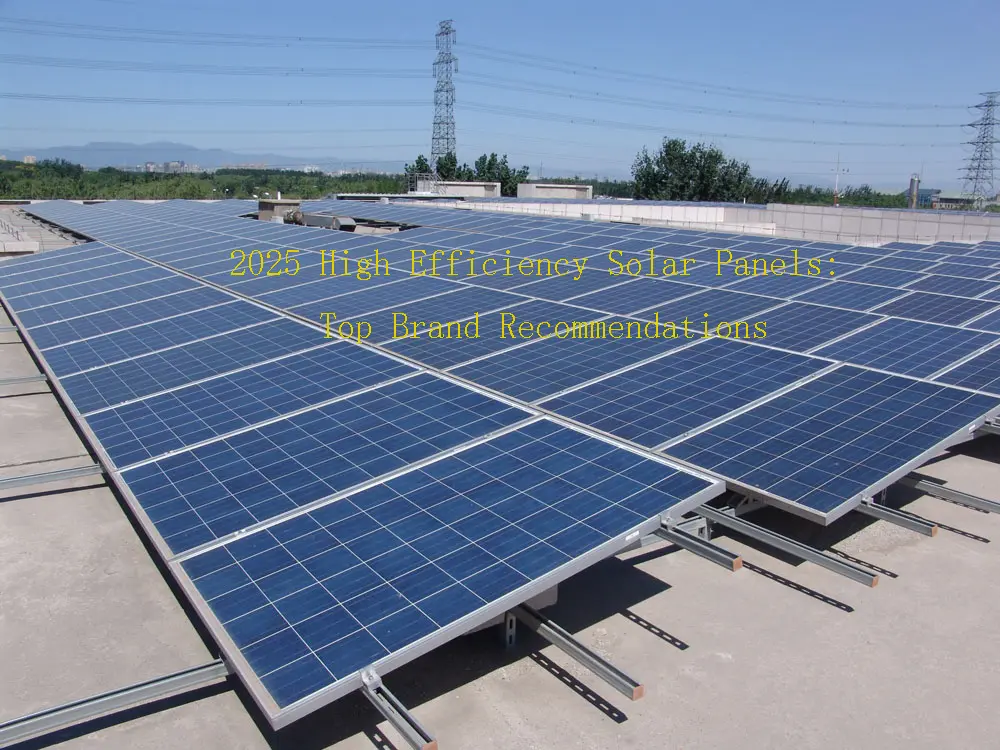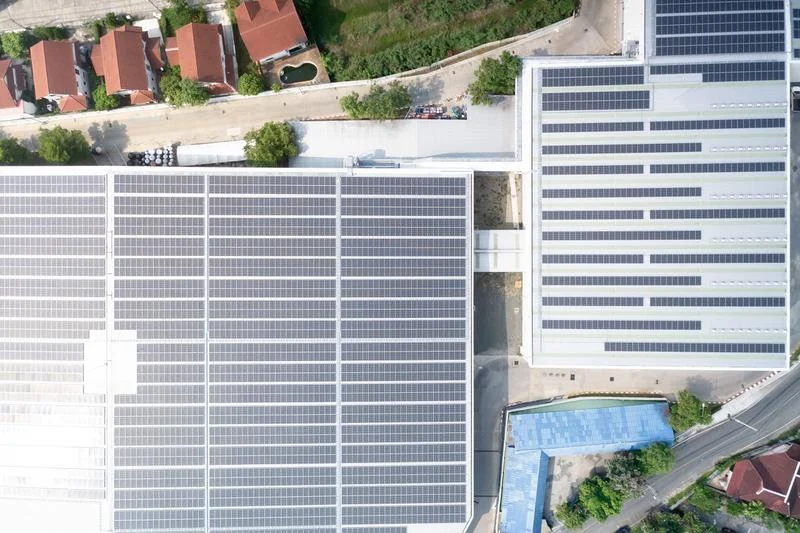The United Kingdom’s journey toward a cleaner, greener energy future is accelerating—and battery storage is emerging as a key enabler in this transformation. As renewable energy adoption surges, particularly from wind and solar sources, the role of battery storage in maintaining a stable and efficient energy grid has never been more crucial.
From high-capacity installations like Zenobē’s Blackhillock site in Scotland to everyday residential and commercial applications, battery storage is reshaping how the UK generates, stores, and uses electricity.
What Is Battery Storage and Why Does It Matter?
Battery storage refers to systems that store electricity for use at a later time. These systems are especially valuable when it comes to renewable energy, which is often generated intermittently and not always when demand is highest.
Key Functions of Battery Storage:
- Captures surplus electricity from renewables
- Delivers stored power during demand peaks
- Helps balance supply and demand in real-time
- Stabilizes frequency and voltage on the grid
By smoothing out the inconsistencies in renewable output, battery storage enhances grid reliability and supports the broader transition away from fossil fuels.
The Blackhillock Site: A Powerful Example of Progress
In Scotland, Zenobē recently launched the Blackhillock battery storage site, a project that underscores the country’s commitment to clean energy. With an initial capacity of 200MW and plans to scale up to 300MW, it plays a vital role in tackling grid congestion and reducing renewable energy waste.
However, even projects of this size highlight the limits of current battery capabilities. A total deployment of 1000MW across the UK would only match the output of a small gas plant running for an hour. This limitation means battery storage alone can’t yet offer long-duration backup power—but it remains an indispensable part of the solution.
How Battery Storage Supports the Renewable Grid
As traditional power plants retire and renewables take center stage, maintaining grid stability becomes increasingly complex. Here’s where battery storage steps in:
Instantaneous Response
Unlike fossil fuel plants, battery systems respond within milliseconds to shifts in demand or supply, helping regulate grid frequency and prevent outages.
Smoothing Renewable Peaks and Troughs
Battery storage can store excess wind or solar power generated during the day and release it when generation drops—such as during calm or cloudy periods.
Optimizing Solar Energy Usage
Solar power generation typically peaks at midday, while electricity demand rises in the late afternoon. Battery storage bridges this mismatch by:
Storing cheap midday solar energy
Discharging it when demand (and electricity prices) are highest—usually 4–6 PM
This functionality not only improves solar efficiency but also enhances the economic return on renewable investments.
Challenges of Battery Storage in the UK Context
Despite its benefits, battery storage is not a silver bullet. Several challenges still need to be addressed:
Limited Duration: Current battery systems are ideal for short bursts (1–4 hours), not for covering extended periods of low renewable generation.
High Initial Costs: Although prices are falling, upfront investment remains a barrier to widespread deployment.
Space Requirements: Large-scale systems require significant land or infrastructure, especially in urban areas.
Still, ongoing innovation and cost reductions continue to improve the viability of battery technology.
Integrating Battery Storage with Demand-Side Management
Battery storage alone can’t carry the UK to its Net Zero goals. A more holistic strategy involves demand-side management, where consumers adjust usage patterns based on renewable availability.
Practical Ways to Reduce Grid Pressure:
Charge electric vehicles during high renewable output
Run washing machines and dishwashers in the daytime
Use smart thermostats to heat water when solar output is high
By aligning energy consumption with generation, the demand curve flattens—reducing strain on both storage systems and the grid.
The Role of Forecasting and Market Incentives
To make demand-side management effective, consumers need information and motivation. This is where national energy forecasting and dynamic pricing come into play.
Future Enhancements:
Renewable energy forecasts could predict when supply is abundant or scarce
Time-of-use pricing could encourage electricity use when it's cheapest and cleanest
Together, these tools help maximize the value of battery storage by reducing the need for emergency backup from fossil fuels.
Looking Ahead: A Smarter Energy Ecosystem
Achieving Net Zero requires more than just adding wind turbines and solar panels. It demands an intelligent ecosystem where battery storage, flexible consumption, and advanced forecasting work together.
The UK’s Energy Future Could Feature:
- Smart homes with integrated storage
- AI-driven demand response systems
- Community energy hubs balancing local production and consumption
- Grid-scale battery parks Supporting national Stability
As battery technology evolves, its role in the UK’s energy transition will only become more prominent. Combined with consumer engagement and policy innovation, battery storage is not just a support tool—it’s a driving force in creating a resilient, renewable-powered future.
Final Thoughts
Battery storage sits at the heart of the UK’s energy transformation. While it can't yet solve every challenge, it plays a vital role in bridging the gap between intermittent renewable generation and continuous power demand. From stabilizing the grid to optimizing solar power usage, battery storage is more than just a backup—it's a key driver of progress.
As innovation continues and the grid evolves, the synergy between battery storage, smart consumption, and renewable generation will shape the UK’s clean energy landscape for decades to come.



 Afrikaans
Afrikaans Albanian
Albanian Amharic
Amharic Arabic
Arabic Armenian
Armenian Azerbaijani
Azerbaijani Basque
Basque Belarusian
Belarusian Bengali
Bengali Bosnian
Bosnian Bulgarian
Bulgarian Catalan
Catalan Cebuano
Cebuano Chichewa
Chichewa Chinese (Simplified)
Chinese (Simplified) Chinese (Traditional)
Chinese (Traditional) Corsican
Corsican Croatian
Croatian Czech
Czech Danish
Danish Dutch
Dutch English
English Esperanto
Esperanto Estonian
Estonian Filipino
Filipino Finnish
Finnish French
French Frisian
Frisian Galician
Galician Georgian
Georgian German
German Greek
Greek Gujarati
Gujarati Haitian Creole
Haitian Creole Hausa
Hausa Hawaiian
Hawaiian Hebrew
Hebrew Hindi
Hindi Hmong
Hmong Hungarian
Hungarian Icelandic
Icelandic Igbo
Igbo Indonesian
Indonesian Irish
Irish Italian
Italian Japanese
Japanese Javanese
Javanese Kannada
Kannada Kazakh
Kazakh Khmer
Khmer Korean
Korean Kurdish (Kurmanji)
Kurdish (Kurmanji) Kyrgyz
Kyrgyz Lao
Lao Latin
Latin Latvian
Latvian Lithuanian
Lithuanian Luxembourgish
Luxembourgish Macedonian
Macedonian Malagasy
Malagasy Malay
Malay Malayalam
Malayalam Maltese
Maltese Maori
Maori Marathi
Marathi Mongolian
Mongolian Myanmar (Burmese)
Myanmar (Burmese) Nepali
Nepali Norwegian
Norwegian Pashto
Pashto Persian
Persian Polish
Polish Portuguese
Portuguese Punjabi
Punjabi Romanian
Romanian Russian
Russian Samoan
Samoan Scottish Gaelic
Scottish Gaelic Serbian
Serbian Sesotho
Sesotho Shona
Shona Sindhi
Sindhi Sinhala
Sinhala Slovak
Slovak Slovenian
Slovenian Somali
Somali Spanish
Spanish Sundanese
Sundanese Swahili
Swahili Swedish
Swedish Tajik
Tajik Tamil
Tamil Telugu
Telugu Thai
Thai Turkish
Turkish Ukrainian
Ukrainian Urdu
Urdu Uzbek
Uzbek Vietnamese
Vietnamese Welsh
Welsh Xhosa
Xhosa Yiddish
Yiddish Yoruba
Yoruba Zulu
Zulu